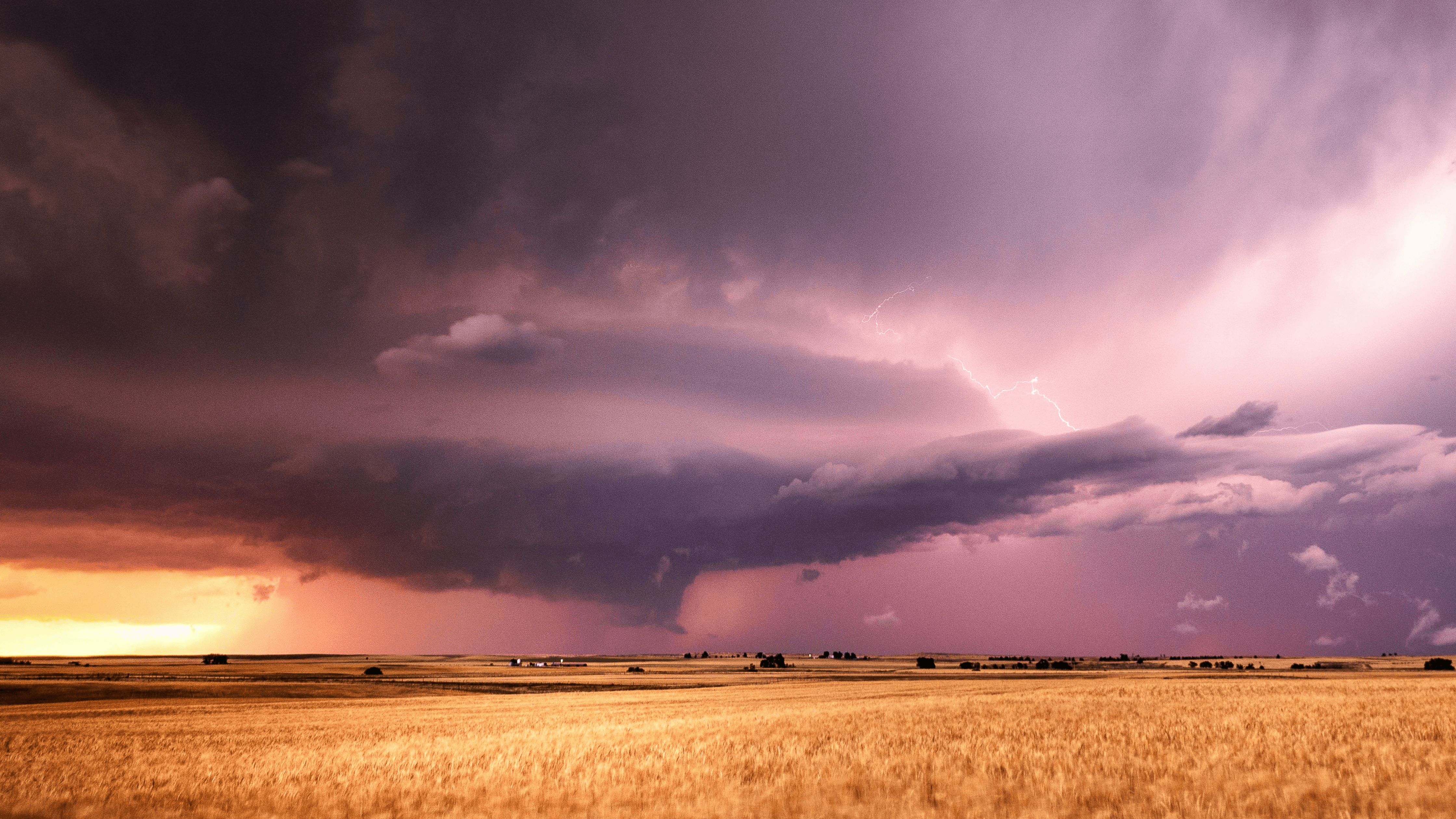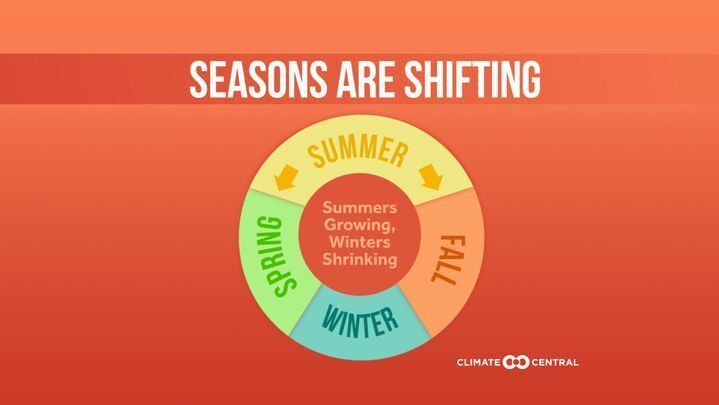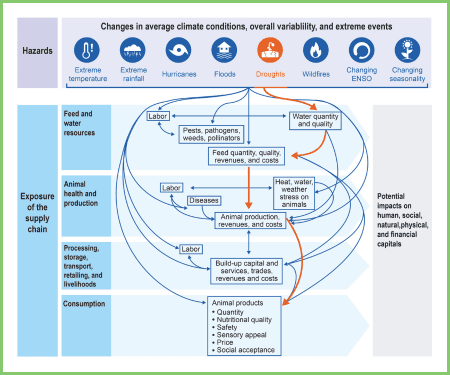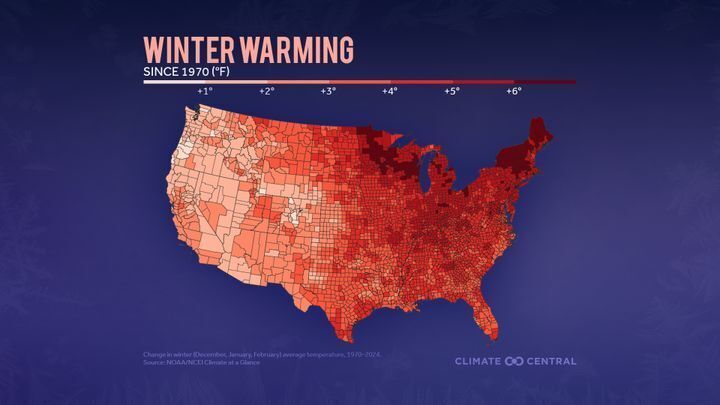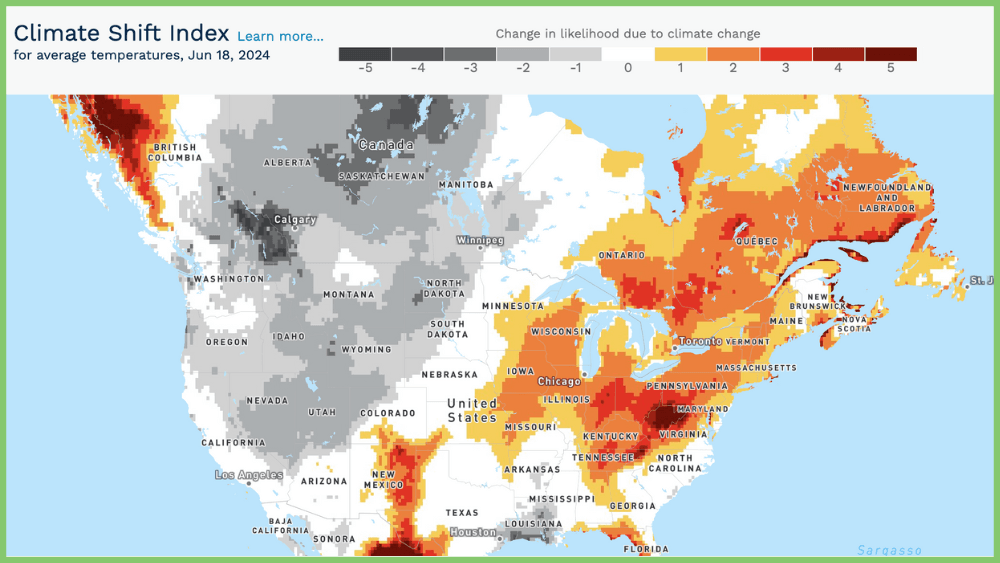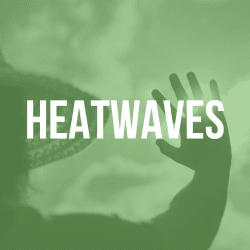Every year, more people across the U.S. and the world experience the harmful impacts of extreme weather and unnatural disasters. Since 1980, over 400 weather and climate disasters costing at least $1 billion each have devastated communities through loss of life, injury, and widespread destruction of property and infrastructure. In 2024 alone, 27 of these catastrophic events cost the U.S. over $182 billion.
As evangelical Christians passionate about defending life, God’s creation, and a hopeful future for generations to come, extreme weather is an issue we cannot ignore. Below we dive into the impacts of increasing extreme weather, the factors contributing to these life-altering events, and how we as followers of Christ can faithfully respond.
Extreme Weather Harms Our Health, Economy, and Food Security
Extreme weather is impacting every region of the United States, and the effects of this reality are as complex and varied as the events themselves. Below we explore just a few of the ways that extreme weather and unnatural disasters linked to human-caused climate change are impacting God’s creation, communities, and families.

Health Impacts
- Warmer temperatures are linked to an increase in vector-borne diseases such as Lyme disease and West Nile virus.
- Earlier, warmer, and longer summers also contribute to extended and worsened allergy seasons.
- Extreme heat is linked to an increase in mood and anxiety disorders in children, while those on the forefront of dealing with extreme weather impacts––such as farmers––can also struggle with increased mental health challenges.
- Extreme heat exposure can additionally impact sleep quality and cognition and make children more sedentary.
- Runoff and erosion from flooding can contaminate water supply.
- Wildfire smoke increases particle pollution and related health effects on the heart and lungs, which can be particularly dangerous to those with pre-existing conditions, older adults, pregnant women, and children. As illustrated in the graph below, exposure to wildfire smoke has risen substantively and rapidly in recent years.
- Hotter, sunnier days can also increase the risk of ground-level ozone pollution.
- Finally, unnatural disasters can lead to serious injury and even death to those living in areas directly impacted.

Economic Impacts
Many U.S. households, businesses, and cities are already feeling the economic burdens of climate change, which can include costlier healthcare, food, insurance, utilities, and repairs. Extreme weather and unnatural disasters are a key factor in driving up these costs.
Through 2024, the National Oceanic and Atmospheric Administration (NOAA) has tracked weather and climate disasters where costs pass the $1 billion threshold, and these events have been increasing. In the 1980s, the U.S. experienced a billion-dollar disaster (when adjusted for inflation) about every four months. Now, there is an average of one of these extreme events every three weeks. What is more, the risk of two or more of these events happening in quick succession is also growing. In addition to loss of life, these disasters result in damage to homes, commercial buildings, agricultural assets, and infrastructure, which is both costly and timely to repair. But other impacts from extreme weather may initially be less obvious.
For example, in especially disaster-prone states such as California, Florida, and Louisiana, insurance premiums have increased to the point where more and more homeowners are unable to afford insurance at all. Even for those living in “safer” regions, extreme weather and supply chain disruptions can lead to higher prices on consumer goods such as groceries. Even the anticipation of an extreme weather event or disaster has the potential to increase costs.
NOAA’s database of extreme weather events does not account for health-related costs, though a recent study from Nature Medicine explores how emergency medical visits and deaths are higher for days, and even weeks, following unnatural disasters. Additionally, families may experience the financial burdens of long-term medical conditions exacerbated by factors like wildfire smoke or dangerous heat for years.
Food Security
For our nation’s farmers, extreme weather makes what is an already challenging job even more difficult. While farmers plan for variability in weather, the increasingly extreme and potentially erratic weather fueled by climate change can make life and business on the farm downright arduous.
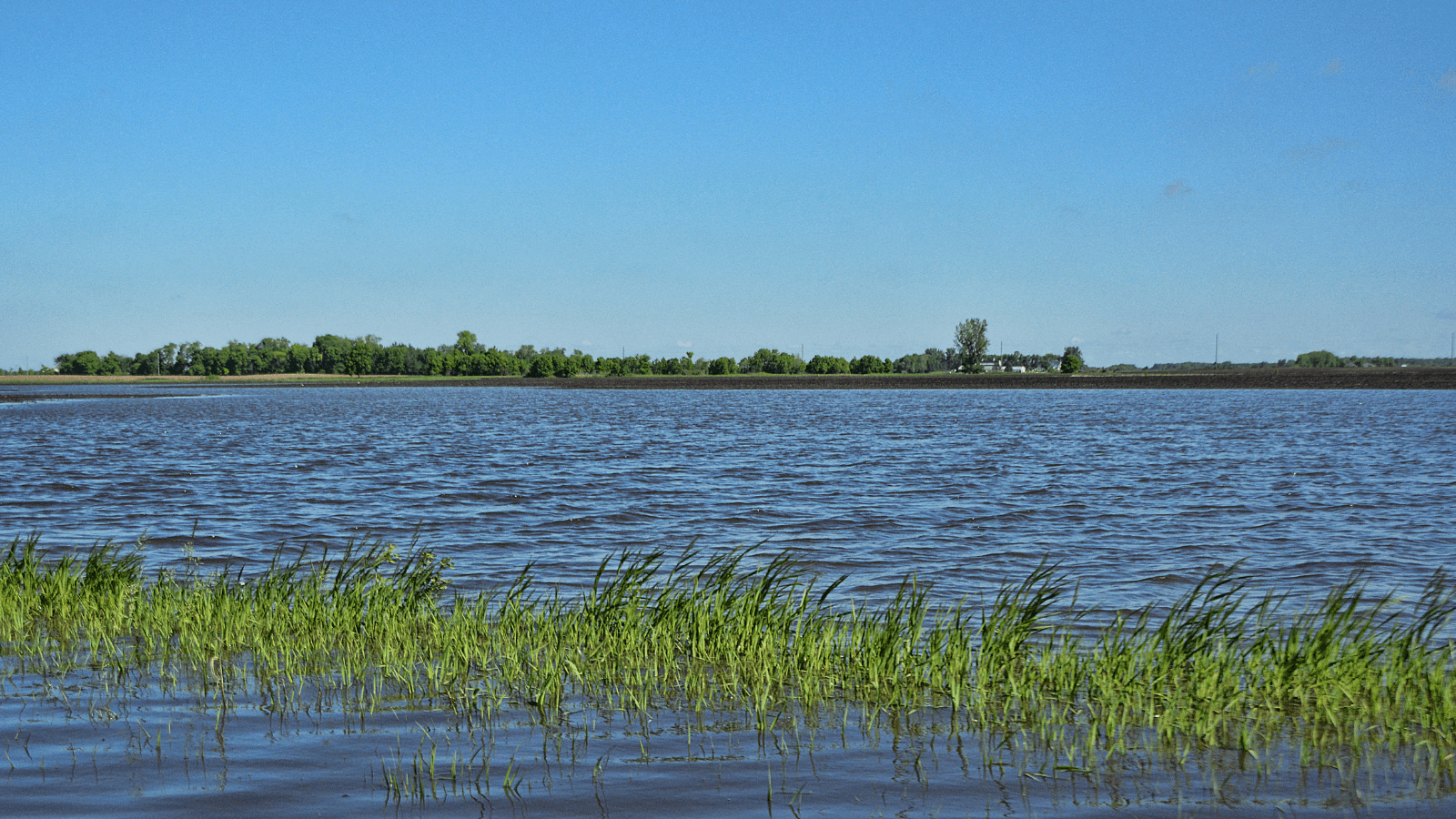
Several kinds of extreme weather events described below impact agriculture and food security. The whiplash of unprecedented floods followed by historic drought–as well as unpredictable timing for planting and harvesting–impact soil health and crop yield. Extreme rainfall events, at the rate of 4+ inches per hour, that had rarely (if never) been seen before, are now commonplace. As these storms dump massive amounts of rain, soil that farmers spent years enriching washes away in a matter of hours. Investments in terraces, designed to hold 2 inches of rainfall per hour, are destroyed. Intense derechos–massive, straight-line storms with hurricane and tornado-force winds, heavy rains, and flash floods–strip away soil and destroy farm equipment, buildings, and critical infrastructure.
Furthermore, flooding, drought, and changing seasonality affect crop yield and quality for farms, in turn impacting our food security. According to the Fifth National Climate Assessment, U.S. corn yield losses from flooding between 1981 and 2016 were comparable to those from extreme drought. Runoff and flooding also transport debris and contaminants that pollute drinking water supplies. When the nutritional content of crops is changed, it can introduce disease, disrupt pollination, and result in crop failure. If you're interested in learning more about how farmers can make their crops more resilient to the impacts of extreme weather visit creationcare.org/farm.
Less stability in domestic and global food production is expected to make food less available and more expensive, consequences that will likely disproportionately affect the nutrition and health of women, children, older adults, and low-wealth communities.
The supply chain graphic illustrates the interconnected ways our livestock food supply chain is also vulnerable to unnatural disasters and changing weather. A negative impact on crops means a ripple-effect on resources for livestock, which impacts animal health and production. In short, the consequences of extreme weather filter down to virtually every aspect of food and agriculture: processing, storage, transport, retailing–and ultimately–the health and livelihoods of God’s children.
What's Behind Unnatural Disasters and Extreme Weather?
Carbon-based energy sources, like fossil fuels, release heating-trapping gasses like carbon dioxide and methane to our atmosphere. This adds extra warming power to our climate, which in turn fuels more extreme weather. If we compare climate change to earth “running a fever,” extreme weather and climate-fueled disasters are the symptoms of this illness. Simply put, global warming is pushing us into a new "normal," where climate extremes are more common, more severe, and putting more lives at risk.
Is Climate Change at Play?
Weather and climate are not synonymous with one another. Put simply by the National Centers for Environmental Information, “Climate is what you expect. Weather is what actually happens.”
As certain weather events become more frequent and/or more intense, a common question arises: is climate change at play?
Fortunately, there are scientists dedicated to answering this very question through event attribution studies, which use observational data and sophisticated modeling to calculate the degree to which (if at all) a specific weather event was made more or less likely or intense due to climate change. Arriving at a simple conclusion can be easier for some events than others. For example, heatwaves and rainfall are more straightforward and frequently studied, while events like droughts, wildfires, and tropical storms–which are impacted by a wide variety of factors outside of temperature–can be more complicated.
Access to more data, along with the ability to model and simulate different climate scenarios with modern technology, has made attributing specific extreme weather events to climate change easier in recent years. Even in cases where causation is less clear, we can still make observations and predictions using overall patterns and trends. Tools like Climate Central’s Climate Shift Index and Carbon Brief’s Attribution Map can also help you learn more about extreme events in your area.
Different Types of Extreme Weather
Click the squares below to learn more about different kinds of extreme weather events and unnatural disasters and how they relate to climate change.
What We Can Do
The intense and far-reaching nature of extreme weather can leave us feeling overwhelmed, but we are not without hope! As Christians, we are called to be a part of Jesus’s work of the restoration and reconciliation of all things (Colossians 1:20), which can start now. Below are ways that you can take action to care for God’s creation and defend the vulnerable amidst a changing climate.

Prayer
God invites his children to be courageous and audacious in our prayers (Luke 11:5-13) and also provides space and comfort when we lament (Psalm 10:1,14,17). Prayer is a powerful tool we can turn to always, but especially when faced with destruction, loss, and hopelessness in the aftermath of an extreme weather event. Our God encourages us to lay our hearts before Him and invite the Holy Spirit to work in and through us and our circumstances.
Not sure where to begin? Here are some resources to help guide you through prayer for the climate and those affected by it.
- Prayer for Those Impacted by Climate Change from Young Evangelicals for Climate Action
- Loving the Least of These 3-Day Devotional from EEN, World Relief, and the National Association of Evangelicals
- 5 Prayers for Climate Change from Compassion International
- Climate Change Worship Resources from A Rocha International
- Climate Vigil Songs Worship Guide from Climate Vigil
Relief Funds
Along with prayer, we at EEN encourage you to consider supporting relief organizations who are aiding communities affected by extreme weather on the ground. This is another way we can love our neighbors: by providing much-needed resources in the midst of weather-related tragedies.
If you have the ability to contribute, we invite you to consult this list of reputable and FEMA-certified domestic disaster relief organizations to discover ways you can help!
Advocacy and Action
Your voice and time are other powerful tools in our work of caring for God’s creation and responding to the threat of extreme weather, and EEN makes it easy for you to speak out! Below are our current advocacy opportunities.
Speak out with us in support of our nation’s farmers practicing good stewardship and combating extreme weather! Join us in letting our policymakers know about the benefits of a conservation-forward Farm Bill that helps make our farmers and food supply more resilient in the face of unnatural disasters and unpredictable weather.
Join us in calling on the EPA to live up to its mission of protecting human health and the environment and urging Congress to prioritize the health and wellbeing of all God’s children over pollution that contributes to extreme weather and unnatural disasters!

